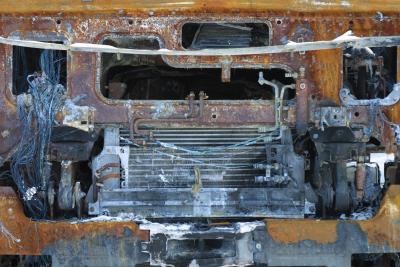
Prior to the second phase of on-board diagnostics (called OBD II) implemented in 1996, reading engine codes was difficult and often manufacturer-specific. To standardize the codes and equipment used to read them, OBD II universalized the location of the diagnostic link connector (DLC) and the plug-in connection of the DLC. All vehicles manufactured in 1996 and newer employ OBD II. Most all the codes are generic until they reach numbers over 1000. After 1000, many of the engine codes then become vehicle manufacturer specific.
Check the vehicle's owner manual to locate the DLC.
Plug the cord of the OBD II code reader into the DLC. If equipped with a power button, turn the code reader on. Most generate power from the vehicle's battery and do not require being turned on.
Use the scroll button(s) to choose the different options displayed on the onscreen menu of the code reader.
Choose the "read codes" or "read DTCs" (diagnostic trouble codes) option and then press the "enter" or "send" button. The engine code(s) will then be displayed on the onscreen menu.
Look the code up in the OBD II code look-up guide. Codes can also be found online. While some pocket scanners will give a brief description of the codes, less expensive models will only reveal the code number.